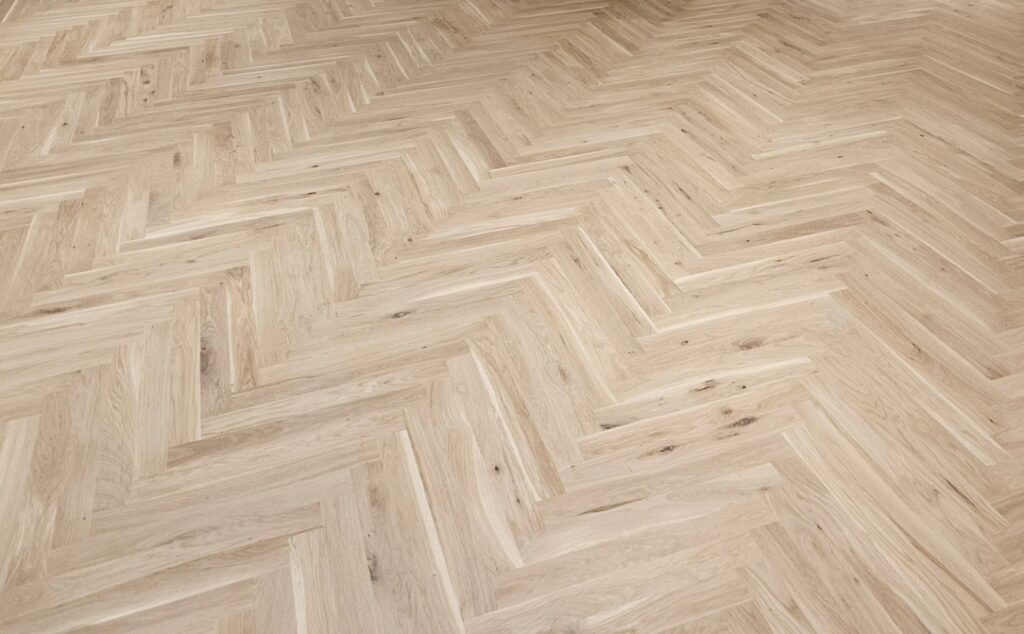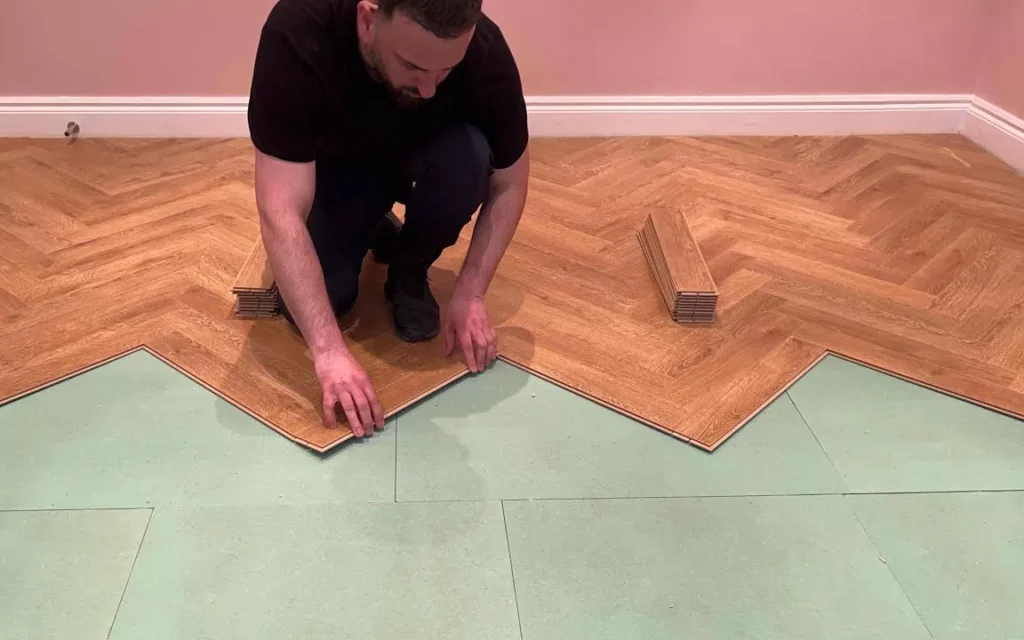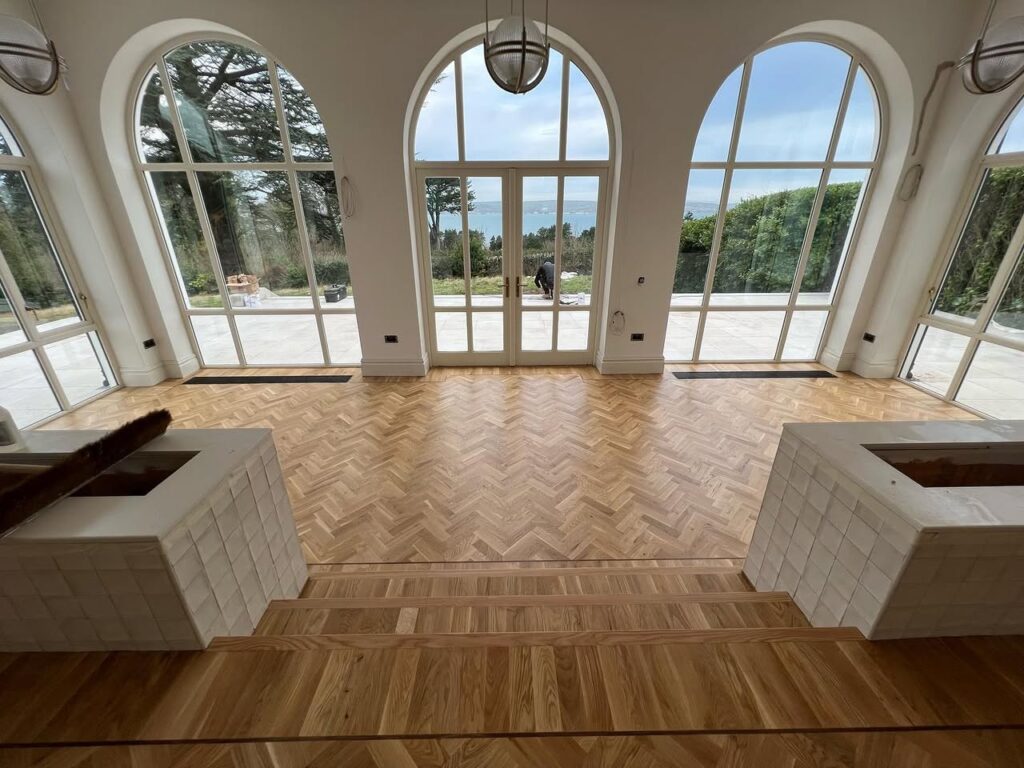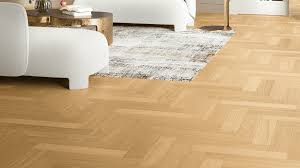The Ultimate Guide to Herringbone Parquet Flooring: A Timeless Elegance for Your Home
Herringbone parquet flooring is a classic and timeless choice that has been adorning homes and palaces for centuries. Its distinctive V-shaped pattern not only adds a touch of elegance but also brings a sense of history and sophistication to any space. In this comprehensive guide, we will explore everything you need to know about herringbone parquet flooring, from its history and benefits to installation tips and maintenance. Whether you’re considering this flooring option for your home or simply want to learn more about it, this article will provide you with all the information you need.
Table of Contents
- What is Herringbone Parquet Flooring?
- History of Herringbone Parquet
- Benefits of Herringbone Parquet Flooring
- Types of Wood Used in Herringbone Parquet
- Herringbone vs. Chevron: What’s the Difference?
- Choosing the Right Herringbone Parquet for Your Home
- Installation Process of Herringbone Parquet Flooring
- Maintenance and Care for Herringbone Parquet
- Cost of Herringbone Parquet Flooring
- FAQs About Herringbone Parquet Flooring
- Conclusion
1. What is Herringbone Parquet Flooring?
Herringbone parquet flooring is a type of wooden flooring characterized by its distinctive V-shaped weaving pattern, resembling the bones of a herring fish. This pattern is created by placing rectangular wood blocks at 90-degree angles to each other, forming a zigzag design. The result is a visually striking floor that adds depth and texture to any room.
Herringbone parquet is often used in living rooms, dining rooms, and hallways, but its versatility allows it to be installed in almost any room. It is available in various wood types, finishes, and colors, making it a customizable option for different interior styles.

2. History of Herringbone Parquet
The herringbone pattern dates back to the Roman Empire, where it was used in road construction to create durable and stable surfaces. The pattern was later adopted in flooring, particularly in European palaces and mansions during the 16th century. The French aristocracy, in particular, favored herringbone parquet for its intricate design and luxurious appeal.
Over the centuries, herringbone parquet has evolved, but its classic design has remained largely unchanged. Today, it is a popular choice for both traditional and modern interiors, proving that its timeless appeal continues to endure.
3. Benefits of Herringbone Parquet Flooring
Aesthetic Appeal
Herringbone parquet flooring is renowned for its visual appeal. The intricate pattern adds a sense of movement and depth to a room, making it a focal point of any interior design.
Durability
When properly maintained, herringbone parquet flooring can last for decades. The interlocking pattern provides additional stability, making it less prone to warping or shifting over time.
Versatility
Herringbone parquet can be customized to suit various interior styles, from traditional to contemporary. It is available in different wood types, finishes, and colors, allowing homeowners to create a unique look.
Increased Property Value
The timeless elegance of herringbone parquet flooring can increase the value of your home. Potential buyers often view it as a premium feature, making it a worthwhile investment.
Eco-Friendly Option
Many herringbone parquet floors are made from sustainable wood sources, making them an environmentally friendly choice for eco-conscious homeowners.
4. Types of Wood Used in Herringbone Parquet
The type of wood used in herringbone parquet flooring can significantly impact its appearance, durability, and cost. Here are some of the most popular wood types:
Oak
Oak is a classic choice for herringbone parquet due to its durability and natural grain patterns. It is available in both red and white varieties, offering a range of color options.
Walnut
Walnut is a premium option known for its rich, dark tones and luxurious appearance. It is softer than oak but offers a unique and elegant look.
Maple
Maple is a hard and durable wood with a light, uniform color. It is an excellent choice for modern interiors.
Cherry
Cherry wood is known for its warm, reddish tones and smooth grain. It is softer than oak but adds a touch of sophistication to any space.
Exotic Woods
For a more unique look, exotic woods like Brazilian cherry or teak can be used. These woods offer distinctive colors and grain patterns but are often more expensive.
5. Herringbone vs. Chevron: What’s the Difference?
While herringbone and chevron patterns are often confused, they are distinct in their design. Both patterns create a zigzag effect, but the way the wood blocks are cut and arranged differs.
Herringbone Pattern
In a herringbone pattern, rectangular wood blocks are placed at 90-degree angles to each other, creating a broken zigzag design. The ends of the blocks are cut at 90 degrees, resulting in a more staggered appearance.
Chevron Pattern
In a chevron pattern, the wood blocks are cut at a 45-degree angle and arranged to form a continuous zigzag design. The result is a more uniform and linear pattern compared to herringbone.
6. Choosing the Right Herringbone Parquet for Your Home
When selecting herringbone parquet flooring for your home, consider the following factors:
Room Size
The size of the room can influence the scale of the herringbone pattern. Larger rooms can accommodate wider planks, while smaller rooms may benefit from narrower planks to avoid overwhelming the space.
Wood Type
Choose a wood type that complements your interior style and meets your durability requirements. Consider the color, grain, and hardness of the wood.
Finish
Herringbone parquet is available in various finishes, including matte, glossy, and oiled. The finish can impact the overall look and maintenance requirements of the floor.
Budget
Herringbone parquet flooring can vary significantly in price depending on the wood type, finish, and installation method. Set a budget and choose an option that offers the best value for your investment.
7. Installation Process of Herringbone Parquet Flooring
Installing herringbone parquet flooring requires precision and expertise. Here is an overview of the installation process:
Subfloor Preparation
The subfloor must be clean, dry, and level before installation. Any imperfections can affect the final result.
Layout Planning
Plan the layout of the herringbone pattern, starting from the center of the room and working outward. This ensures a balanced and symmetrical design.
Cutting and Arranging
Cut the wood blocks to the required size and arrange them in the herringbone pattern. Use spacers to maintain consistent gaps between the blocks.
Adhesive Application
Apply adhesive to the subfloor and press the wood blocks into place. Ensure that each block is securely bonded.
Sanding and Finishing
Once the adhesive has dried, sand the floor to create a smooth surface. Apply the chosen finish to protect the wood and enhance its appearance.

8. Maintenance and Care for Herringbone Parquet
To keep your herringbone parquet flooring looking its best, follow these maintenance tips:
Regular Cleaning
Sweep or vacuum the floor regularly to remove dirt and debris. Use a damp mop with a wood floor cleaner for deeper cleaning.
Avoid Moisture
Excess moisture can damage wood flooring. Wipe up spills immediately and avoid using excessive water when cleaning.
Protect from Scratches
Place felt pads under furniture legs and use rugs in high-traffic areas to prevent scratches.
Refinishing
Over time, the finish may wear down. Refinishing the floor can restore its original beauty and extend its lifespan.
9. Cost of Herringbone Parquet Flooring
The cost of herringbone parquet flooring can vary depending on several factors, including the type of wood, finish, and installation method. On average, you can expect to pay between $10 and $20 per square foot for materials and installation. Premium options, such as exotic woods or custom finishes, can cost significantly more.
10. FAQs About Herringbone Parquet Flooring
Q1: Is herringbone parquet flooring suitable for kitchens?
A1: Yes, herringbone parquet can be used in kitchens, but it is essential to choose a durable wood type and finish that can withstand moisture and heavy foot traffic.
Q2: Can herringbone parquet be installed over underfloor heating?
A2: Yes, herringbone parquet can be installed over underfloor heating, but it is crucial to use a wood type that is stable and less prone to expansion and contraction.
Q3: How long does herringbone parquet flooring last?
A3: With proper care and maintenance, herringbone parquet flooring can last for several decades.
Q4: Can I install herringbone parquet flooring myself?
A4: While it is possible to install herringbone parquet flooring yourself, it is recommended to hire a professional to ensure a precise and flawless installation.
Q5: Is herringbone parquet flooring eco-friendly?
A5: Many herringbone parquet floors are made from sustainable wood sources, making them an eco-friendly option. Look for certifications like FSC (Forest Stewardship Council) to ensure the wood is responsibly sourced.
11. Conclusion
Herringbone parquet flooring is a timeless and elegant choice that can transform any space into a sophisticated haven. Its rich history, durability, and versatility make it a popular option for homeowners seeking to add a touch of luxury to their interiors. Whether you prefer the classic charm of oak or the modern appeal of maple, herringbone parquet offers endless possibilities for customization.
By understanding the different types of wood, installation processes, and maintenance requirements, you can make an informed decision that suits your style and budget. With proper care, your herringbone parquet flooring will remain a stunning feature of your home for years to come.

